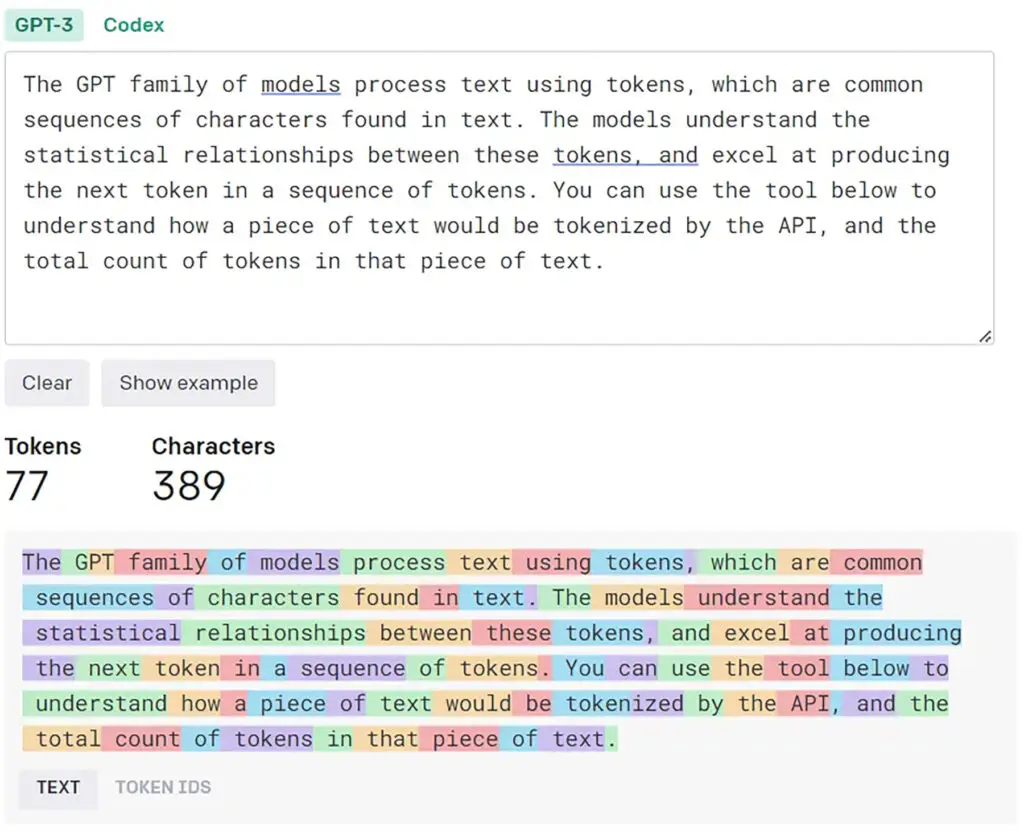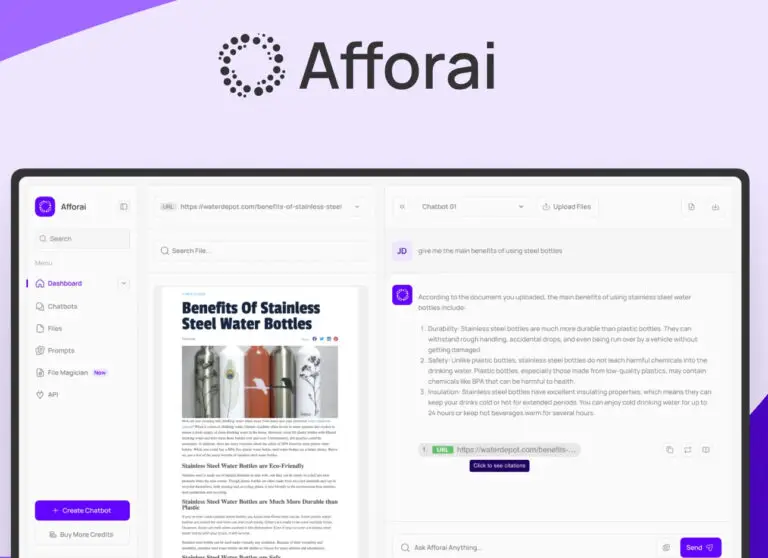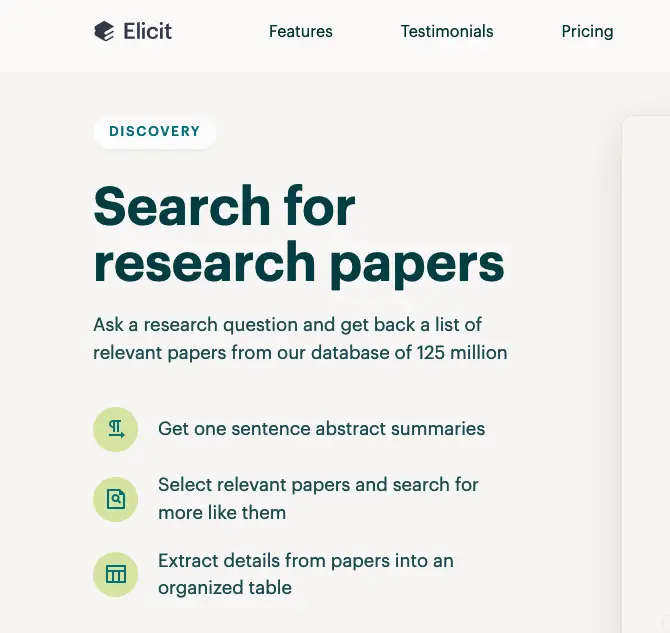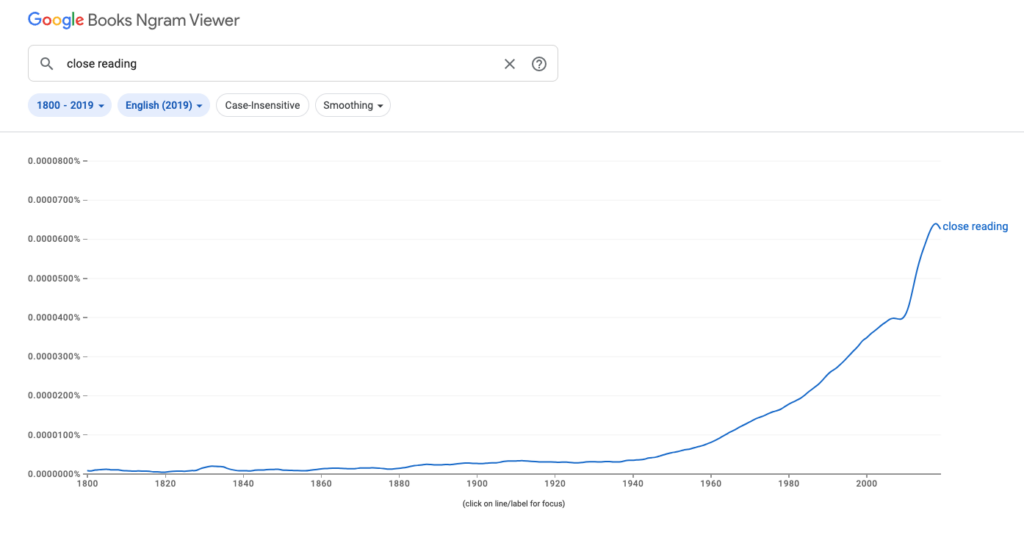How to do close reading

What Is Close Reading?
Close reading is as simple as reading closely to determine what the text says explicitly and implicitly. Analyze how it says what it says. This method of textual analysis enables the researcher to make logical inferences from the text. Typically interpretations based on close reading would cite specific textual evidence to support particular interpretations of a text.
As a critical tool, close reading helps us discover a text’s underlying (often hidden) ideologies. Ideologies are ideas embedded in the text’s point of view and that are culturally specific and historically constructed. These ideas are not universal (unlike, for example, the laws of physics).
Close reading analyzes the structure of a work in order to derive nuanced meanings of a turn of phrase rather than of historical contexts of the piece. It focuses on literary or cinematic techniques. It is a method of literary and cultural criticism.
With close reading, we can move beyond the question of plot (what happens in the story) to thinking in a meta-critical mode to interpret the text.
In literature and film studies, typical techniques we will focus on (when doing a close reading) would be metaphors, visual imagery, figurative language, and motifs.
How to do a close reading
Describe. Analyze. Relate. First, make close observations. Your notes will become the foundation for critical analysis. Based on your analysis, you can then relate it to other phenomena and build a network of knowledge.
The first step is to read a text closely. If it is a film, watch it at least twice. Make observations. Take screening notes of concrete things you can point to later on. Close reading begins with close observation of your object of study. Maybe it is an unusual turn of phrase. Maybe it is a pivotal moment when characters have an epiphany.
The second step is to gather and collate the evidence. Begin with a hypothesis on which to build your interpretation of the work. Are there patterns in what you observed? Do the patterns break? Did a motif stand out to you? What are the implicit ideas behind these patterns and anomalies? What conclusions can we draw from the patterns? We will develop more specific questions from this foundation.
When conducting a close reading, we typically ask:
- How does this particular scene present key symbolism for the rest of the film?
- Does a phrase here appear elsewhere in the story?
- How do the recurring words relate to one another?
- Do any words have double meanings? What are all the possible ways to read it?
- Are there paradoxes in the narrative? Do the contradictions seem deliberate?
- Is something left unsaid (but alluded to suggestively)? Why?
- How could this scene or passage symbolize something in the entire work?
Case Study: Close Reading and Artificial Intelligence
Current methods to build and train transformer-based Large Language Models (LLMs) that power generative artificial intelligence tools essentially engage in a form of close reading. It is based on the distributional hypothesis, which posits that the meanings of words emerge solely from the text without the need for grounding in lived experience or other sources of information. The focus is solely on the text itself and the inter-relations among its words.
There are advantages and disadvantages to this approach in terms of machine learning, implications of close reading, and how humans and machines relate to the environment around them. Can words along replace the embodied experience and mediation? What are the consequences of prioritizing only certain types of datapoints?
Further, we need to acknowledge the prevalence of algorithms (generative AI and beyond) in our life and in contemporary reading culture. As Susanna Sacks and Sarah Brouillette write in “Reading with Algorithms“:
The processes that now structure daily interactions online are cultivated by more-than-human gatekeepers, which apply explicit and implicit logic established by human programmers to determine what kind and whose cultural productions are promoted.
Here is an illustration of how LLMs carry out what is equivalent to close reading. They process words in a text using tokens, which are small units through which computer systems “read” words. Tokens are central to this segmentation method. For example, in sub-word tokenization, words are divided into smaller components to form tokens. The word “learning” can be split into [“learn”, “ing”].

Case Study: Close Reading and Espionage
What makes close reading skills cool and useful is that it is akin to espionage, at least as portrayed in fiction. As a close reader, imagine that you are a top-notch spy doing espionage work. What does the text say without saying it explicitly? Use your decoding skills to analyze what is hidden. What is it trying to hide from you? Do you notice anything unusual?
In the film The Bourne Identity (dir. Doug Liman, 2002), Jason Bourne (played by Matt Damon) tells his new friend Marie that he has taken mental note of his surrounding upon walking into the café, including a left-handed waitress, a 215-lbs. man, the license plate numbers of all six cars outside, and so on. In other words, Bourne is an effective close reader.
Case Study: Close Reading and New Criticism
Where does the term close reading come from? In the 1920s, the common way to study literature was to privilege emotional reactions. British scholar I.A. Richards, his student William Empson, and the poet T.S. Eliot, proposed, the technique of close reading to replace the impressionistic approach that was prevalent in their times. Close reading was popularized in the U.S. by the school of thought known as New Criticism in the 1930s and 1940s.
New Critics, such as Cleanth Brooks and William K. Wimsatt, promoted close reading as an objective and scientific means of understanding that the autonomy of poetry. They argued that text alone mattered more than what its author intended, the author’s life experience, or even a work’s cultural context. The idea was that a text contains everything a researcher needs to know.
Close reading, for them, attends to the nuances of poetic language and form. As the Oxford Dictionary of Literary Terms defines it, “the close reader typically attempts to account for and justify the presence of all the text’s features of sound and sense, usually detecting sonic correspondences such as internal rhyme and alliteration, along with ambiguities of meaning, and the complex deployment of rhetorical figures, all integrated into a formal unity.”
Distant Reading and Digital Methods
Close reading in and by itself may not suffice for some research projects. We need to combine it with historical analysis, for instance. Close reading is merely one method of analysis—one of many possible approaches.
Over the years, scholars have proposed many other modes of analysis, such as distant reading, a concept proposed by Franco Moretti. Distant reading, as defined by the Oxford Dictionary of Literary Terms, resonates with reading in the era of AI. This approach “attempts to discover what may be learned about novels without actually reading them” in humanly fashions.
The term distant reading was a provocative slogan coined “in direct opposition to the tradition of close reading. Moretti uses computational methods to conduct literary analyses of novels. He uses quantitative bibliometric analyses of thousands of forgotten novels in order to extrapolate patterns and trends in, for example, “the length of their titles as listed in catalogues.”
Your Turn: Close Read a Film
Let us give it a try. Do a close reading of the scene of Barbie (played by Margot Robbie) and Ken (Ryan Gosling) in the real world in Greta Gerwig’s film Barbie (2023). Watch it three times.
When watching the following clip for the first time, take note of basic cinematic elements such as costumes, set, blocking (the relevant positioning of actors, objects, and cameras), props, musical soundtrack, and characterization.
Watch it for a second time and write down your observation of what is explicitly expressed verbally and cinematically (through camera angels, cross-cuts, and shots).
Watch it for a third time and note what is unsaid but conveyed implicitly to film audiences.
In film studies, the foundation for solid close reading is keen observation. Imagine you are writing an alt-text for this scene. Alt texts, or alternative texts, are textual (verbal) descriptions of images and videos that enhance web accessibility and equity. Alt texts meet the needs of individuals with print, visual, cognitive disabilities. Visually impaired users using screen readers will hear the description and better understand the image. Alt texts are also very useful when an image link is not available because of a broken or changed URL or other issues.
Writing alt texts deepens our grasp of a film. The first step towards critical analysis is an accurate, detailed description of our object of study. This exercise is also part of our collective pursuit for equal access and social justice. However, alt texts are often dismissed or understood through the lens of compliance, as an unwelcome burden to be met with minimum effort. We can instead approach the alt text thoughtfully and creatively.
In this spirit, please describe the scene above with as much useful detail as possible.
There is no one right way to do this. There are several ways to describe a frame. Balance technical details with artistic and interpretive descriptions of the shot. Technical details include the mise-en-scène and cinematographic information such as the depth of a shot or camera angle. Artistic elements include aspects of the shot that are open to interpretation, such as a character’s mood or how much a scene contributes to social justice causes.
You may opt to describe various elements in this image in the order in which audiences typically perceive them (for instance, noting characters or items in the foreground before moving on to the background).
Last step: How does your close reading differ from your classmate’s? Further, use the AI Teaching Assistant on this textbook site to generate a close reading of the scene above. Compare and contrast your own close reading from the machine-generated text. What advantage do you have over the machines?
Your Turn Again: Try AI Research Tools
Selecting appropriate, specialized tools for specific tasks is part of the critical literacy today. Here are a few open-access (free) tools for your consideration and experimentation. They are meant to augment your independent research and connect your ideas to scholarly literature that you may not be aware of. Some of the following tools excel in summarizing key arguments and connecting them to other studies, while others specialize in the discovery of peer-reviewed, vetted sources related to your research questions.
Chat PDF allows you to ask questions about your PDF documents. For example, you may use this tool to help you identify key passages for citation and for close reading. You can also “upload” a URL link as well. The AI tool will be able to parse webpages.
Best use cases: Test your knowledge of a course reading by comparing ChatPDF summaries with your own understanding.
This tool makes reading less solitary. You have a non-judgmental buddy as a sounding board before testing out your ideas in class and in your assignments.
Use ChatPDF to help you break down longer, difficult-to-understand articles into smaller sections for close reading.
Afforai AI Research Assistant lets you upload articles for analysis (using its “Document Retrieval” mode). It can augment your research by finding similar or related articles (via Semantic Scholar, a peer-reviewed database). It also offers an AI prompt library developed by researchers. Afforai was developed at the Lawrence University in Wisconsin, USA.
Afforai is also a research reference manager, generating lists of works cited in the style you need, such as the MLA or APA. You can upload and annotate articles and use the AI assistant to help you better understand the articles.
Use case: Use Afforai to discover high-quality peer-reviewed research related to your question.
Elicit generates one-sentence abstracts of research articles; extracts key points from articles into a chart; and searches for similar articles. It finds relevant papers “without perfect keyword match,” though it performs better on STEM topics.
Use case: Use Elicit to list key concepts shared among the papers you upload. Build your own research library with articles and URL links you upload.
Tools for Distant Reading
Now, let us try distant reading.
When you use generative AI to do pattern recognition, you are in essence doing a form of distant reading. Here is another digital tool for distant reading: Ngram Viewers. The Ngram Viewers can chart word usage and frequency over time. Here are two such tools:
- Google Ngram: This tool surveys the frequency of specific words or phrases in the Google Books corpus, including the “Google million.” Search up to 5 consecutive words. Visit About Google Ngram for details and advanced features.
- Mediacloud: lots of options for visualizing topics in the news. Requires creating a free account.
Caveats
Ngram counts are restricted by the corpus of texts they are measuring. The spike or drop of ideas may reflect different eras’ language use, or it may simply reflect material circumstances that led to a text’s inclusion in or exclusion from the corpus. When conducting distant reading, we have to account for the durability of different kinds of publication and how much a piece of work may circulate. Consider, for instance, printed paper, limited editions, evolving archival policies, damages caused by wars, ephemeral social media posts, censorship.
To learn more about distant reading, read “A Genealogy of Distant Reading” in the Digital Humanities Quarterly.
Further Reading
McCaw, “Reading Critical Theory,” How to Read Texts, 2nd edition (Bloomsbury, 2013).
Moretti, Franco. Distant Reading (Verso, 2013).
Sacks, Susanna and Sarah Brouillette, “Reading with Algorithms,” Post45, December 8, 2023.




